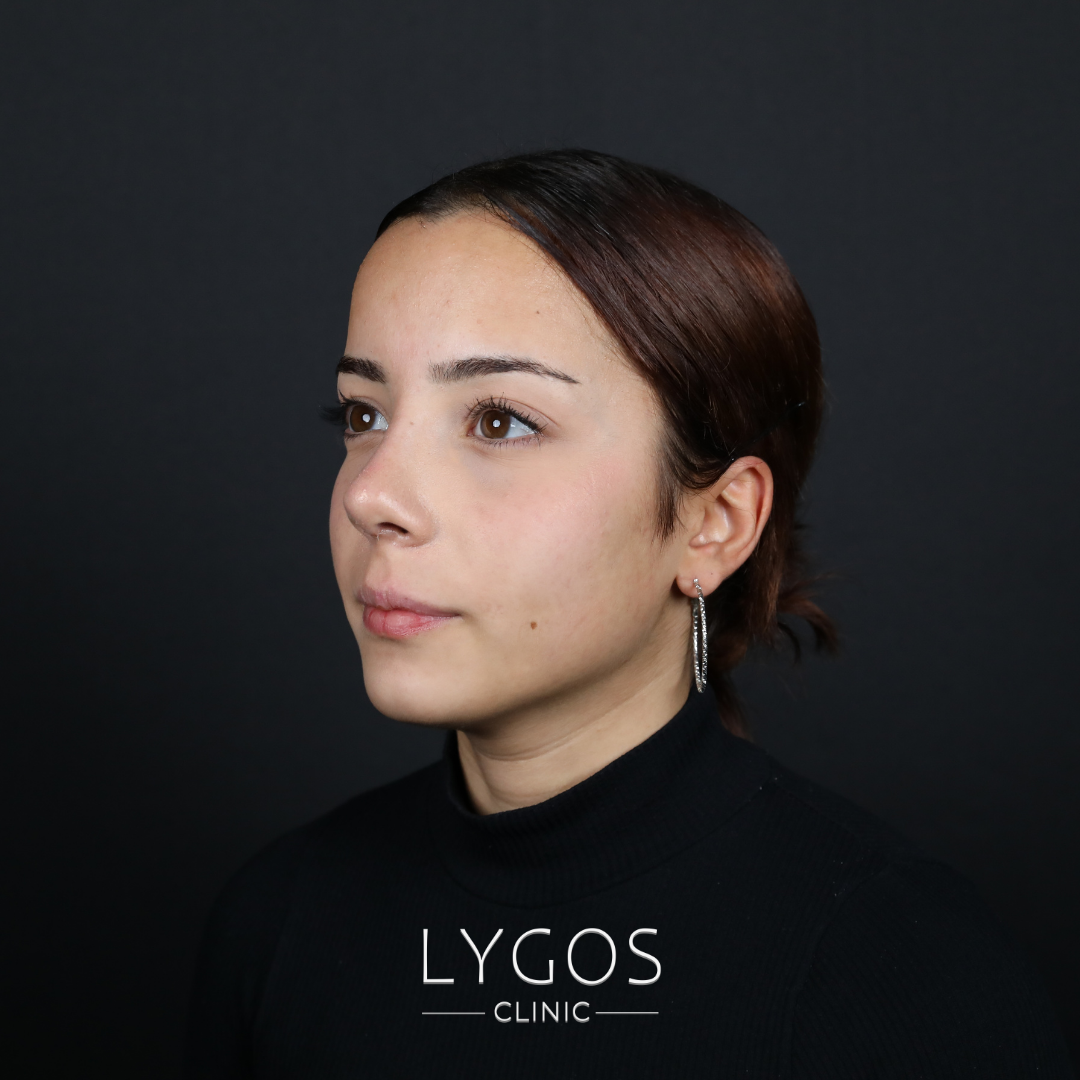Natural-Looking Nose Aesthetics | How Is It Performed?

Chose Your Topic
Natural-Looking Nose Aesthetics
Nose aesthetics have long been one of the most popular cosmetic procedures for both women and men. However, there has been a major shift in aesthetic preferences in recent years. People are now moving away from exaggerated, artificial looks and opting for more natural-looking nose aesthetics that harmonize with their facial features. So what exactly is natural nose surgery, who is it for, and how is it performed? Let’s explore all the details in this article.

What Is Natural Nose Aesthetics?
Natural nose aesthetics is a type of rhinoplasty aimed at improving the nose both functionally and aesthetically, with a focus on achieving a balanced, natural look that complements the person’s facial structure. The goal is to enhance the nose’s appearance without creating an obviously “operated” look — it should look like it has always been part of the face.
In natural rhinoplasty, the tip of the nose is not excessively lifted, the bridge is not overly flattened, and characteristic facial features are preserved. The intervention is subtle, well-balanced, and often goes unnoticed. As a result, the nose appears “naturally beautiful,” not surgically altered.
Who Is Natural Nose Aesthetics Suitable For?
Natural-looking nose aesthetics is not suitable for everyone, but many people can benefit from it. Ideal candidates typically meet one or more of the following criteria:
- Those with a nose shape that is disproportionate to the rest of the face
- Individuals with aesthetic concerns like drooping nasal tip or dorsal hump
- People with congenital deformities or post-traumatic nasal irregularities
- Those with functional problems such as nasal obstruction or septum deviation
- Anyone who desires a natural, harmonious look instead of an artificial appearance
- Individuals with realistic expectations about the outcome
Candidates should also be in overall good health, without chronic conditions or healing complications that could interfere with the procedure.

How Is Natural Nose Aesthetics Performed?
Natural-looking nose aesthetics is a highly personalized surgical procedure. It starts with a detailed examination and is carefully planned according to the individual’s facial anatomy and needs. Modern imaging technologies and simulations are often used to visualize the expected outcome.
- The general steps of the procedure include:
- Consultation and Planning: Facial proportions, nasal structure, and skin thickness are evaluated. 3D imaging can help the patient visualize the results and guide the surgeon’s plan.
- Surgical Operation: Performed under general anesthesia, using either an open or closed technique. The cartilage, bone, and soft tissues are reshaped as needed to create a balanced and natural result.
- Functional Corrections: If functional issues like deviated septum are present, they are also addressed during the surgery to improve breathing.
- Postoperative Period: The procedure usually takes 1 to 3 hours. Most patients can go home the same or next day. Follow-up appointments are scheduled within the first week.
Techniques Used in Natural-Looking Nose Aesthetics
The techniques used vary based on the individual’s needs and nasal structure. Some of the most common methods for achieving a natural look include:
- Open Rhinoplasty: A small incision is made between the nostrils, allowing full visibility and access to nasal structures. This technique provides precision and control, often preferred for more complex reshaping.
- Closed Rhinoplasty: All incisions are made inside the nostrils, leaving no visible scars. Best suited for simpler modifications where minimal intervention is needed.
- Ultrasonic Rhinoplasty (Piezo Technique): Uses ultrasonic vibrations to reshape the nasal bones with great precision and minimal trauma. This technique reduces swelling and bruising compared to traditional methods.
- Facial Proportion-Based Shaping: The nose is reshaped in harmony with the forehead, lips, and chin to achieve balanced symmetry. The focus is on blending the nose naturally with the rest of the face.

Recovery Process and Postoperative Care
Recovery varies from person to person, but the first 7–10 days are typically the most critical. During this time, nasal splints and stitches are usually removed, and swelling begins to subside.
- Key Postoperative Recommendations:
- Keep your head elevated and apply cold compresses during the first 48 hours.
- Avoid intense physical activity for 3–4 weeks.
- Refrain from wearing glasses for 1–2 months.
- Protect the nose from sun exposure to prevent skin sensitivity.
- Take all prescribed medications and attend follow-up visits as advised.
Complete healing and the final shape of the nose usually take 6–12 months. However, most of the visible changes become noticeable within the first month.
Natural Nose Aesthetics Prices in 2025
As of 2025, the cost of natural-looking nose aesthetics depends on several factors such as the surgical technique used, the surgeon’s experience, clinic reputation, and the complexity of the case. Compared to many Western countries, Turkey offers more affordable prices, making it a popular destination for medical tourism.
- Average Price Ranges (Turkey, 2025):
- Standard Natural Rhinoplasty: 60,000 – 120,000 TRY
- Ultrasonic (Piezo) Rhinoplasty: 90,000 – 150,000 TRY
- Revision Rhinoplasty: 100,000 – 180,000 TRY
(Note: These are estimated prices and may vary depending on the clinic and surgeon.)
When choosing a surgeon, remember that quality, safety, and experience should always be prioritized over price alone.
Natural-Looking Nose Aesthetics Frequently Asked Questions (FAQ)
No, when performed by an experienced surgeon using proper techniques, natural rhinoplasty offers permanent results. However, aging, trauma, or external factors can lead to minor changes over time.
If the closed technique is used, there are no visible scars. In open rhinoplasty, a small scar may form under the nose, but it usually fades and becomes barely noticeable over time.
Most swelling subsides within the first month, and a more natural appearance starts to emerge. The final shape becomes fully apparent in about 6 to 12 months.
You won’t feel any pain during surgery due to general anesthesia. Mild discomfort may occur afterward, but it is easily managed with prescribed painkillers.
On the contrary, if issues like a deviated septum are corrected during surgery, breathing may actually improve after the operation.


